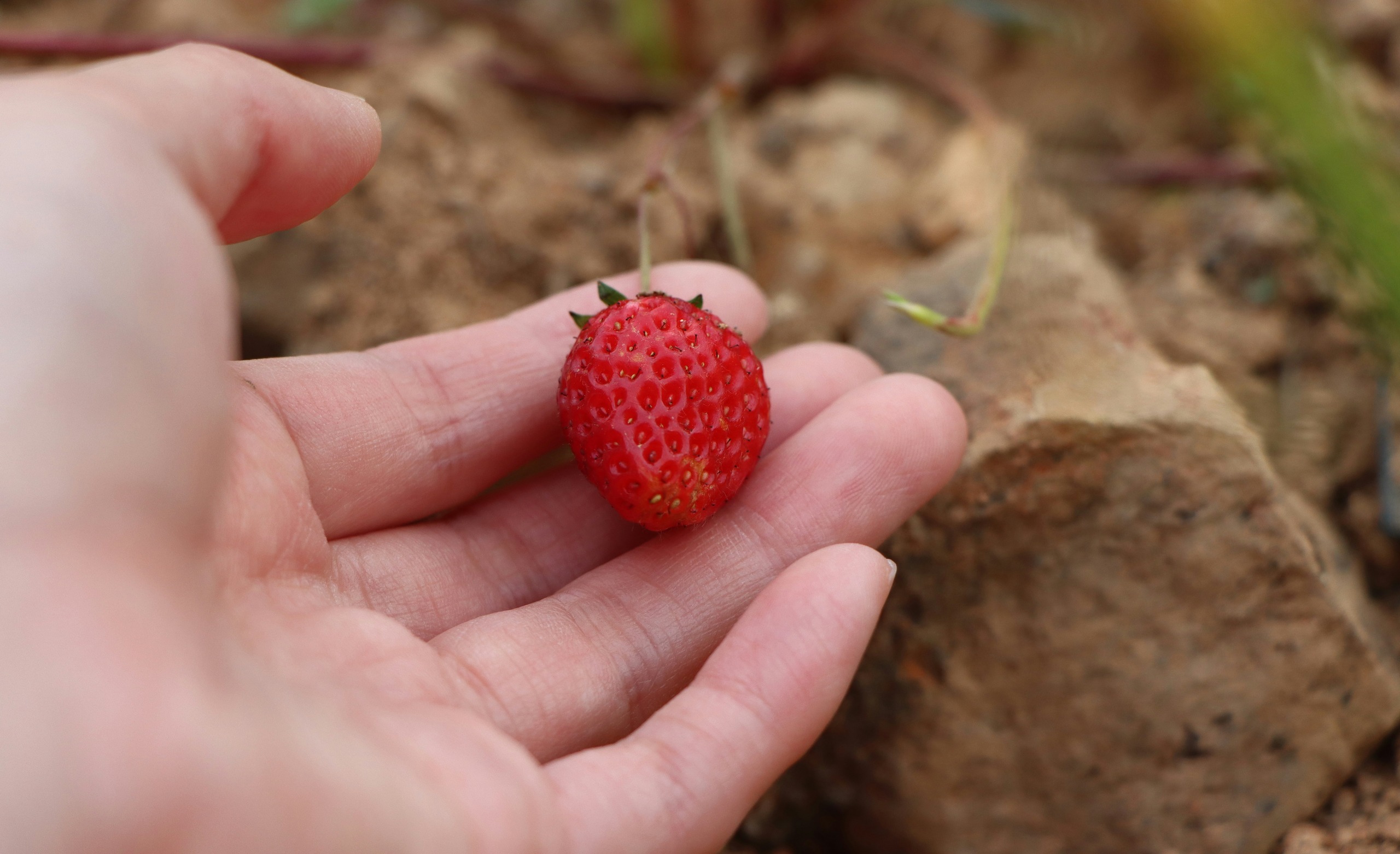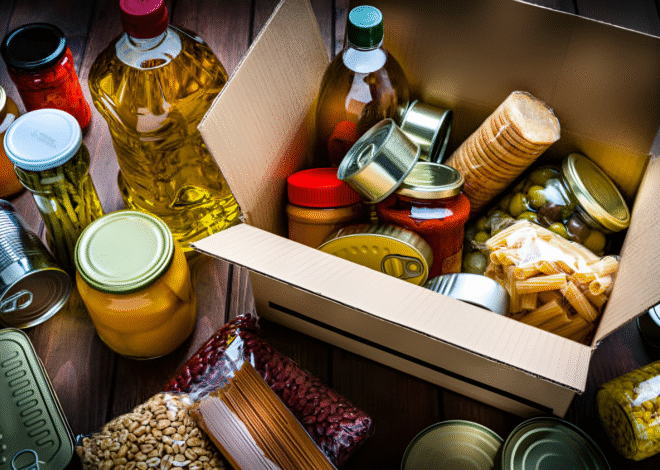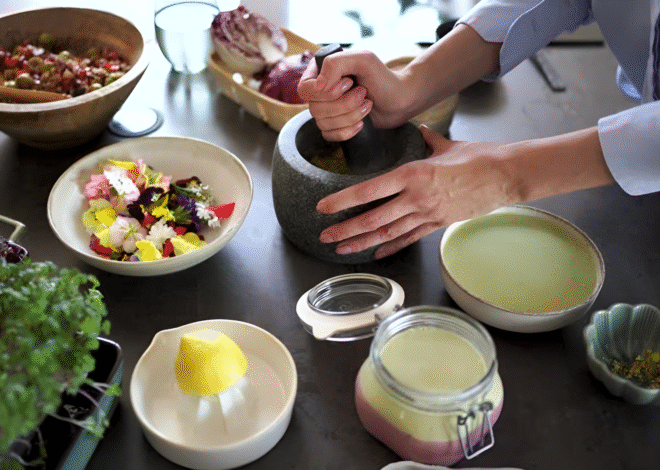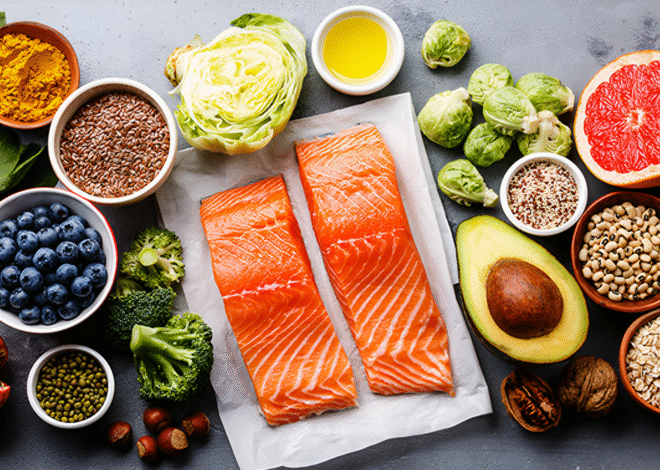
Foragers Guide To Wild Foods
In this Forager’s Guide to Wild Foods, you’ll learn how to embrace the wild side of eating. From identifying edible plants to crafting delicious dishes from your finds, foraging opens up a world filled with flavor and adventure.
Foraging is more than just a trend; it’s a journey back to our roots. Imagine walking through the woods or your local park, discovering nature’s hidden treasures waiting to be picked and savored. With every leaf you turn over and every berry you pluck, you’re not just scavenging for food—you’re connecting with the land in a way that few experiences can replicate.
Whether you’re an experienced outdoor enthusiast or someone looking for new ways to spice up your meals, there’s something here for everyone. So grab your basket and prepare yourself for an exploration of nature’s bounty! The wild awaits.
The Benefits of Foraging for Wild Foods
Foraging for wild foods offers a myriad of benefits that go beyond just sustenance. It connects you to nature in an intimate way, fostering a deeper appreciation for your environment. Harvesting wild edibles encourages mindfulness and observation.
You learn to recognize patterns in nature—how seasons affect growth and where specific plants thrive. The nutritional value of wild foods is often superior to cultivated varieties. Many are packed with vitamins, minerals, and antioxidants. Additionally, foraging can be a sustainable practice if done responsibly.
By gathering from abundant sources, you help maintain the balance of local ecosystems while enjoying fresh flavors. Engaging in this activity also promotes physical fitness through hiking or walking in natural settings. It’s a rewarding experience that nourishes both body and spirit while providing delicious culinary opportunities.
Where to Forage and When?
Foraging is an adventure that requires a keen sense of timing and location. Different plants and fungi thrive in various seasons, making it crucial to know when to look for them. Spring is often the best time for tender greens like wild garlic or nettles.
As the weather warms up, summer brings forth berries such as blackberries and raspberries, bursting with flavor. Autumn offers a bounty of mushrooms—some edible and others not—so caution is key during this season. Winter might seem bleak, but hardy plants like dandelions can still be found peeking through the frost.
Look for local parks, forests, or even your backyard; these places are treasure troves waiting to be explored. Always remember that different regions have unique offerings based on climate and soil types. Your surroundings will dictate what you can find at any given moment!
Safety Tips for Foraging
Foraging can be a delightful adventure, but safety should always come first. Start by familiarizing yourself with the area where you plan to forage. Research local regulations and guidelines; some regions have protected plants. Always carry a reliable field guide or use reputable apps for plant identification.
Knowing what you’re looking for is crucial in avoiding toxic species. When foraging, wear gloves if you’re unsure about a plant’s edibility. This simple step can prevent skin reactions from irritants. Stay aware of your surroundings, especially near roads or industrial areas where contaminants may exist.
Avoid picking from places that might have been treated with pesticides or herbicides. If you’re new to foraging, consider going with an experienced friend or joining community groups focused on wild food gathering. Learning together enhances both knowledge and safety while exploring nature’s bounty.
Tools and Equipment for Foraging
Foraging is an exciting adventure, and having the right tools can enhance your experience. A sturdy basket or tote bag is essential for gathering your finds. Choose something with good ventilation to keep your wild foods fresh.
A sharp knife is another must-have. It allows you to easily harvest plants without damaging them. Consider a folding knife for portability. Don’t forget about gloves! They protect your hands when handling thorny plants or potentially toxic species. A field guide specific to your area can be invaluable as well.
This helps identify edible and medicinal plants, ensuring safe foraging. Last but not least, a notebook can serve as a personal journal for recording locations and notes on what you’ve discovered during each outing. Having these tools at hand will make every foraging trip more enjoyable and productive.
Identifying Edible Plants and Fungi
Identifying edible plants and fungi is an exciting journey that requires keen observation. Start by familiarizing yourself with key characteristics such as leaf shape, flower color, and growth patterns. Field guides can be invaluable tools for beginners.
They provide detailed images and descriptions of various species. Use them alongside apps designed for plant identification. Remember, some edible plants have toxic look-alikes! Always cross-reference multiple sources before consuming any wild food. A small mistake could lead to discomfort or worse.
Mushrooms add another layer of complexity. Mycology, the study of fungi, comes into play here. Only a few varieties are safe to eat—many are poisonous or hallucinogenic. When in doubt, consult with local experts or join a foraging group. Hands-on experience can boost your confidence in identifying these natural treasures in your next adventure outdoors.
Common Edible Plants and Fruits Found in the Wild:
– Dandelion
Dandelions are often dismissed as pesky weeds, but they are a treasure trove of nutrients. Every part of the plant is edible, from the roots to the blossoms.
Young leaves can be used in salads or sautéed for a delicious side dish. They have a slightly bitter taste that adds depth to your meals.
The bright yellow flowers make for stunning garnishes and can even be transformed into dandelion wine. This sweet concoction captures spring’s essence.
Rich in vitamins A, C, and K, dandelions also boast minerals like iron and calcium. Foragers appreciate their versatility and health benefits.
Harvest them away from roadsides where pollutants may linger. The best time to pick is when they’re young; older plants tend to turn tough and bitter.
So next time you see these cheerful blooms popping up in your yard, think twice before pulling them out!
– Nettles
Nettles are often misunderstood due to their sting. However, these green powerhouses are packed with nutrients and flavor. They thrive in damp, rich soil and can be found in abundance during the spring months.
When foraging for nettles, wear gloves to protect yourself from their tiny stingers. Once you collect them, cooking eliminates the sting completely. Steaming or sautéing makes them tender and perfectly edible.
These plants are not just nutritious; they boast a rich history in herbal medicine as well. Nettles have been used traditionally to alleviate allergies and boost overall health.
In the kitchen, nettles shine in soups, pestos, or even as a delicious addition to pasta dishes. Their earthy flavor pairs well with garlic and lemon zest for an invigorating meal sure to impress any guest.
– Blackberries
Blackberries are a delightful treat that often grow in thickets and along trails. Their rich, dark hue is inviting, signaling their ripeness.
These juicy berries not only satisfy cravings but also pack a nutritional punch. They’re loaded with vitamins C and K, antioxidants, and fiber. Eating them fresh from the bush is a sensory experience like no other.
When foraging for blackberries, timing is key. Look for plump berries during late summer to early fall when their flavor peaks. Be mindful of thorny brambles; gloves can protect your hands while you gather.
Incorporating blackberries into dishes is simple too. Toss them in salads or blend them into smoothies for added sweetness. You can even make delicious jams or sauces that preserve their flavor throughout the year.
Spotting these gems in the wild adds adventure to any outdoor excursion!
– Wild Onions
Wild onions are a delightful find for foragers. They grow in various habitats, often emerging in clusters or solitary spots. Their distinct aroma makes them easy to identify.
These edible plants resemble common garden onions but offer a more potent flavor. The green tops and the small bulbs can both be used in cooking, providing a zesty kick to many dishes.
You can enjoy wild onions raw in salads or cooked into soups and stews. They add depth to recipes without overpowering other ingredients. Harvesting is straightforward—just take care not to disturb their surrounding environment too much.
When foraging, remember that wild onion season tends to peak in early spring through late summer. Always double-check your finds against reliable sources; some look-alikes may cause confusion, though they’re usually harmless if consumed by mistake.
– Cattails
Cattails are fascinating aquatic plants that thrive in wetlands and along the edges of ponds. These tall, slender stalks can grow up to ten feet high, making them easy to spot.
The young shoots are tender and can be harvested in spring. They have a mild flavor that’s perfect for salads or stir-fries. Just peel away the outer leaves and enjoy the crunchy interior.
In summer, cattail flowers emerge as brown cylindrical spikes. At this stage, you can gather them to use as a nutritious addition to your meals.
The roots of cattails also pack a punch nutritionally. They can be dug up and processed into flour or cooked like potatoes—versatile indeed!
Always remember to forage responsibly; take only what you need so that these remarkable plants continue to flourish in their natural habitat.
Recipes and Dishes Using Wild Foods
Wild foods can add exciting flavors to your meals. Imagine a fresh salad topped with vibrant dandelion greens, adding a peppery kick. For a comforting dish, try nettle soup. Sauté onions and garlic in olive oil, then add blanched nettles and vegetable broth. Blend until smooth for a nutrient-packed treat.
Blackberries make an excellent addition to desserts. Toss them into yogurt or whip up a simple blackberry cobbler by mixing the berries with sugar and topping them with biscuit dough before baking. Don’t forget about wild onions!
Chop these aromatic gems into stir-fried vegetables or omelets for added depth of flavor. Cattails are versatile too; use their young shoots in salads or stir-fries. The flower spikes can be roasted for an intriguing snack. Each wild ingredient brings its own story to your plate—explore and enjoy!
Sustainability and Ethics in Foraging
Foraging isn’t just about gathering food; it’s also a practice steeped in responsibility. Sustainable foraging emphasizes the importance of leaving enough resources behind to ensure that ecosystems remain balanced. Always harvest with care. Take only what you need and avoid over-picking any one area.
This not only helps maintain plant populations but also allows other foragers to enjoy these wild treasures. Be mindful of local regulations as well. Certain areas have restrictions on foraging to protect native species and habitats. Following these rules is vital for preserving nature’s bounty.
Respecting wildlife is equally important. Many animals depend on plants, berries, and mushrooms for their survival too. By being conscious of your surroundings, you contribute positively to the environment. Embracing ethical practices while foraging enhances the experience, making it more meaningful than simply collecting ingredients from nature’s pantry.
Foraging Resources and Communities
Foragers can greatly benefit from connecting with resources and communities dedicated to wild foods. Online forums, local workshops, and social media groups offer a wealth of knowledge. Here, experienced foragers share tips, identify plants, and discuss seasonal finds.
Books on foraging are invaluable tools as well. They provide in-depth information about edible species and safe harvesting practices. Look for guides specific to your region; they often include photographs that help with identification. Local nature centers or botanical gardens sometimes host events focusing on wild food education.
Joining these gatherings is an excellent way to meet like-minded individuals passionate about sustainability. Don’t overlook the power of community initiatives such as foraging clubs or volunteer programs dedicated to land stewardship. Engaging in hands-on experiences fosters learning while building lasting connections among fellow enthusiasts eager to explore nature’s bounty together.
Final Thoughts: Foraging your Own Wild Food
Foraging for wild foods is more than just a way to find your next meal. It connects you deeply with nature and fosters an appreciation for the environment around you. Each time you step outside, you’re embarking on an adventure filled with discovery.
The excitement of spotting a dandelion or harvesting blackberries can transform an ordinary day into something memorable. As you familiarize yourself with edible plants and fungi, you’ll develop skills that empower you in ways beyond nutrition. Engaging in this ancient practice also promotes sustainability.
By sourcing food from your local ecosystem, you’re reducing reliance on commercial agriculture and supporting biodiversity. As communities grow around foraging, sharing knowledge becomes invaluable. Local groups often welcome newcomers eager to learn about the diverse world of wild edibles while fostering friendships based on shared interests.
So grab a basket, head out into nature, and start exploring the bounty that awaits just outside your door! Your journey into foraging could open up new culinary horizons while nurturing both body and soul through the gifts found in the wild.




This is great information on foraging. This is something that I do not have a lot of experience with, so I learned a lot! I never realized that dandelions could be eaten. I thought they were a weed. When I was a kid, I used to live in the country where wild asparagus grew. I remember how much fun it was to pick it. This is the only time where I have gathered food outside the grocery store. And who knew the roots of cattails could be used to make flour! That’s amazing. I appreciate this post on foraging- I love being outdoors, and what better way to connect with nature!
Hey Misty,
Thanks for stopping by and sharing your thoughts on our foragers Guide to wild foods. Foraging is a great way to fill your pantry if you know what you’re doing. There are a variety of edible wild foods to choose from and poisonous plants as well.Never ever try a wild food unless you are 100% sure it is edible.
Years ago, a family from Florida moved into our community in the Appalachian mountains. They knew nothing about living in the mountains but they were willing to learn and always asked questions. One day, our neighbor went to pick mushrooms for spaghetti sauce. Well. it didn’t work out too well.
They managed to pick poisonous mushrooms that almost killed the entire family. They thought they picked the right mushrooms and it almost cost them their lives. That’s why I always stress safety first and take as much time as you need to learn how to forage for wild foods safely.
Best wishes,